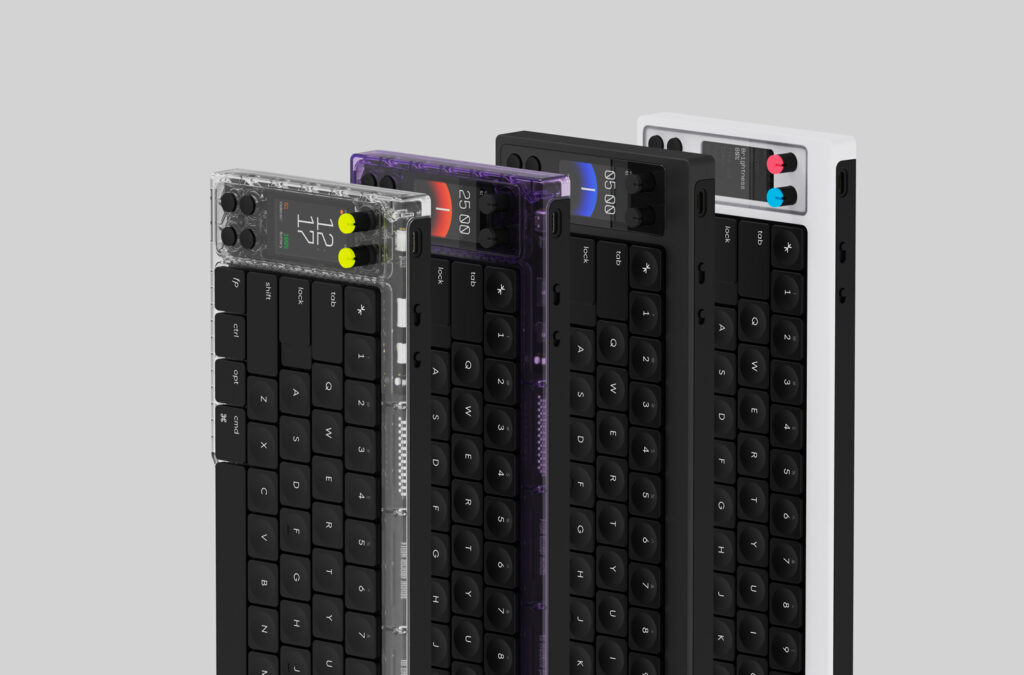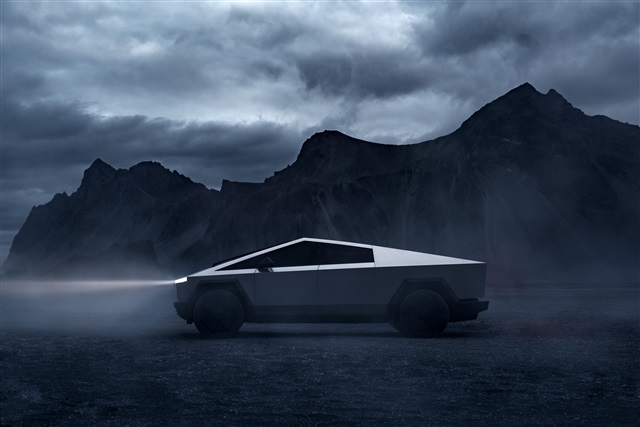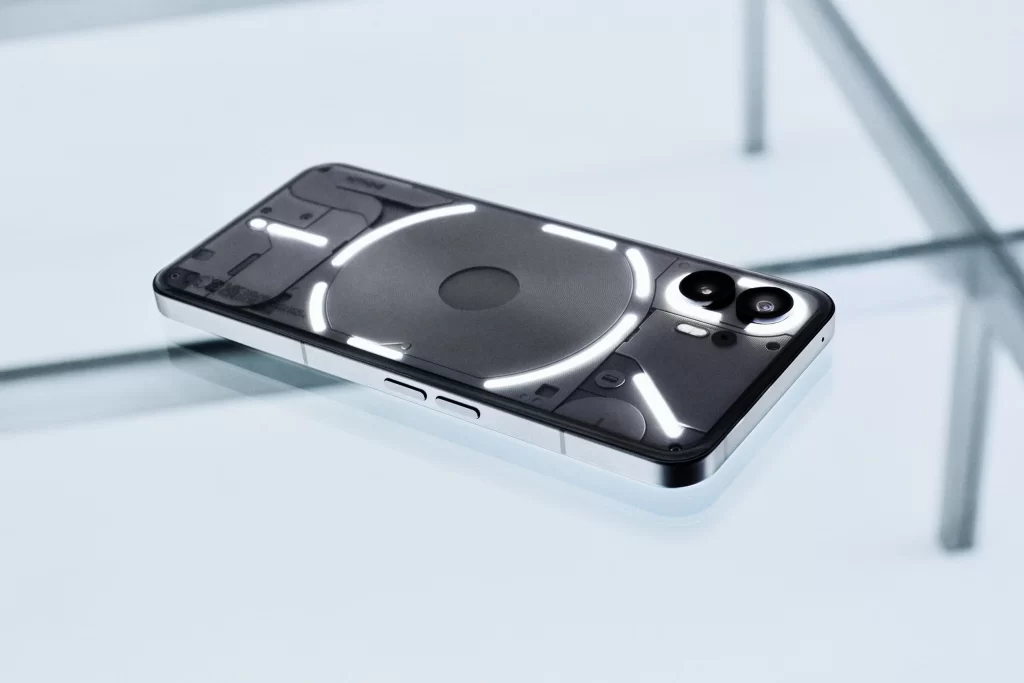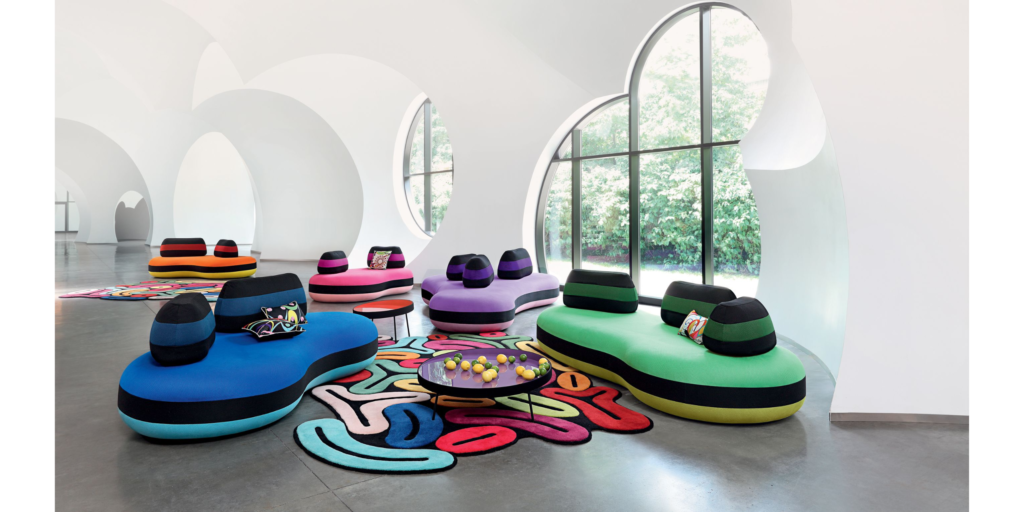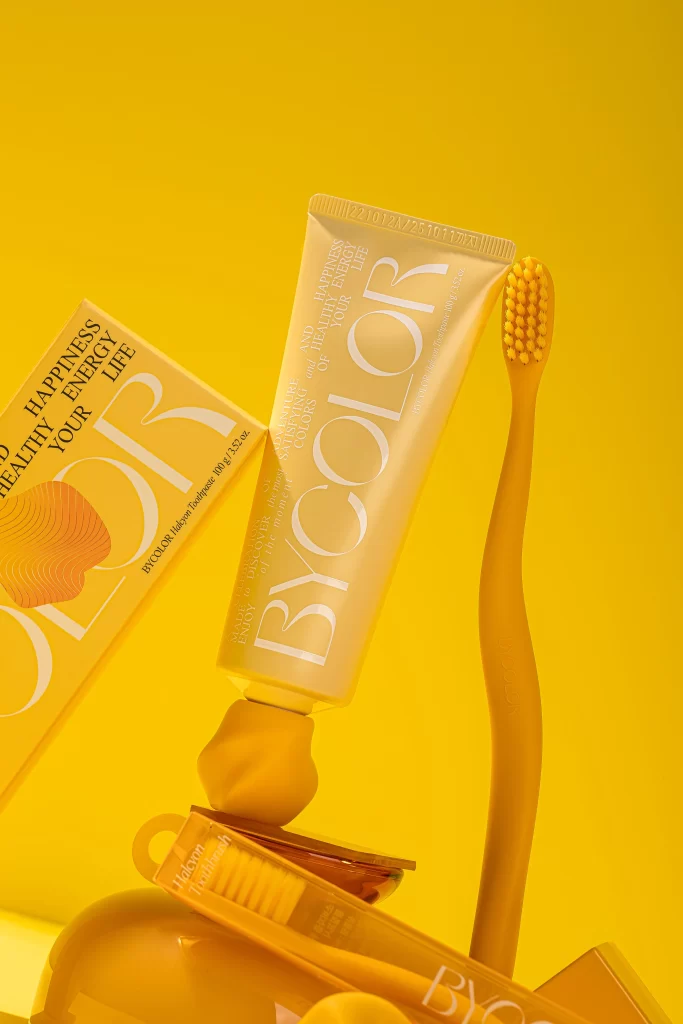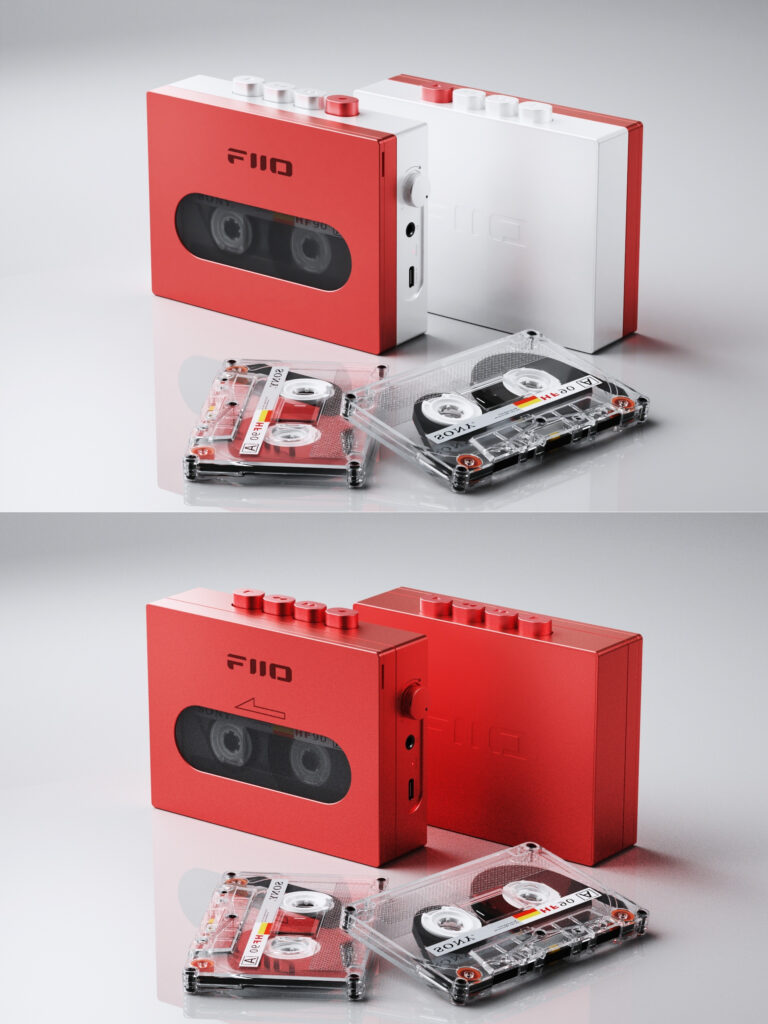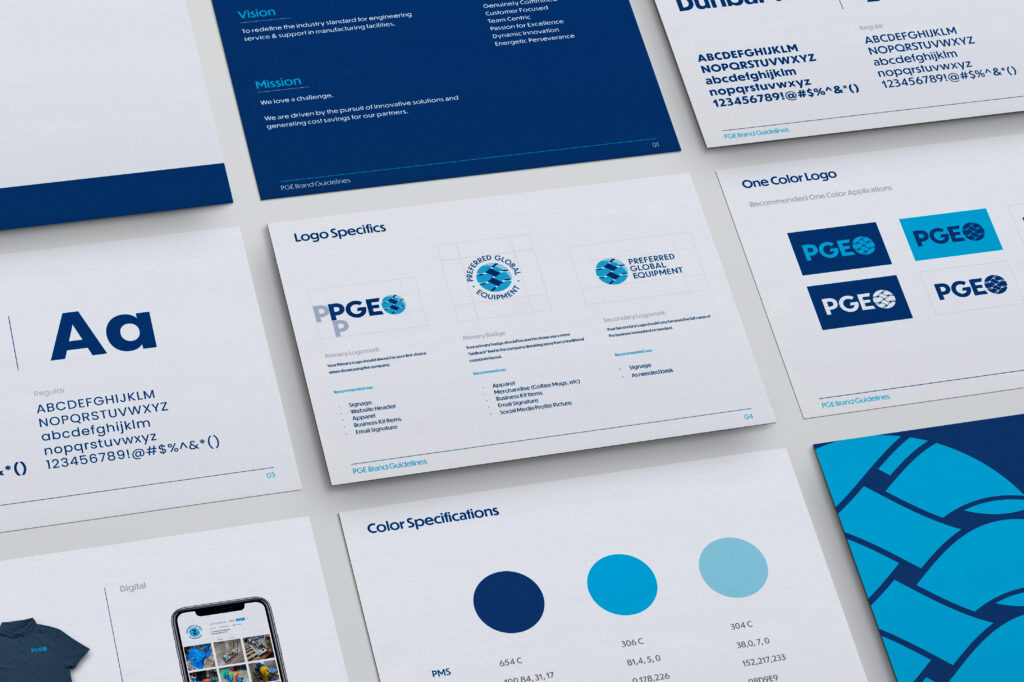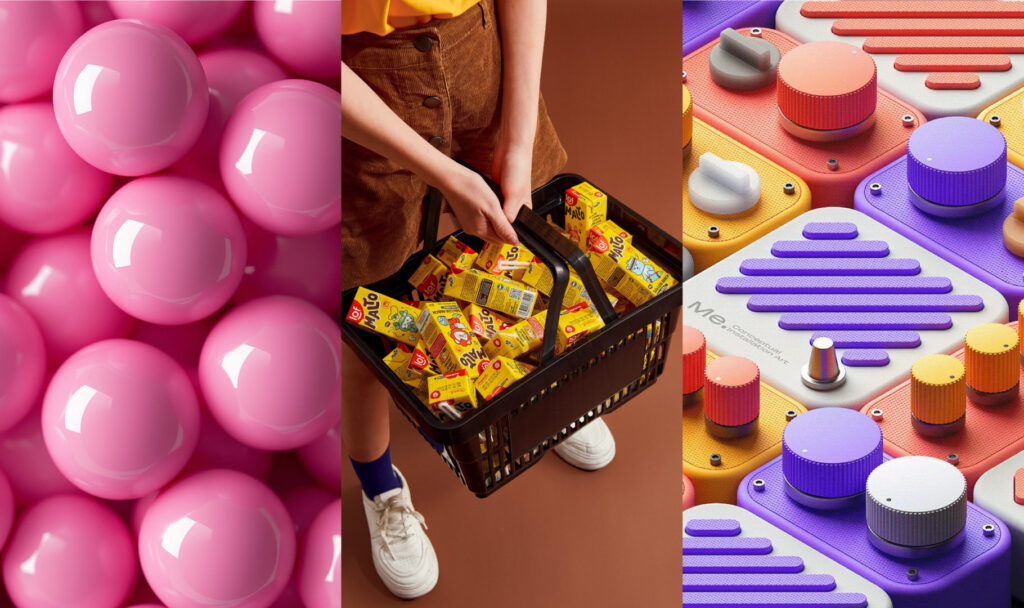Now Trending: The Great Tech Divide
There may be no guarantee of what's coming down the pipe in 2024, but that doesn't mean people aren't trying to change it.
Thought schools are diverging about the best way forward for the products in our lives, but two clear paths are emerging among the many product trends: using tech products as the life raft to save us, or throwing all that tech overboard.
Our 2024 Industrial Design Trends Report takes a deep dive into all the ways this culture clash is influencing form and function. Read on for a glimpse into the full doc:
- Technofuturism
Near the top of the list of 'things we are uncertain about' sits this new AI thing. And it’s either going to change the world or end it, depending on who you ask. For those who embrace the latest technology and the benefits it brings to society, things are looking up, and for the companies that embrace the latest technology, things are looking sharp.
Forms take minimalism and maximalism to the extreme within a visual language drawn from sci-fi of many eras. Simple designs are pared down to be even simpler, often a perfect, monolithic box. More complex shapes embrace hard angles and aren’t afraid to leave technical bits—fasteners, mechanical linkages, 3D-prints, LEDs, and circuit boards—on full display. And for any level of complexity, bigger, chunkier volumes cue more performance packed inside.
2. Hand-Crafted Comfort
As tech seeks to push its way into more and more of our lives, algorithms feed us a nonstop stream of content, and companies call on AI to reduce human involvement in just about every process, many people are looking for an off ramp. They want some way to disconnect from this automated machine making nonstop goods and digital content and reach for something slower, something analog, something made by human hands.
What does that mean for our everyday products? That can look like soft forms that push beyond large round fillets into blobby territory. Prominent touchpoints, analog controls, and a distinct lack of screens mark these products as designed for human use, but not always-on and intrusive in our lives. Colors are warmer, materials are softer, incorporating traditionally handworked materials like ceramics and fabrics more often, or at least referencing their looks.
3. Pre-Internet Nostalgia
The old wisdom of “you like what your parents hate” has been completely torn up, with people gravitating toward comforting nostalgic items not from one generation another or even their own, but from every era. Looking at music products alone, somehow vinyl, casettes, and CDs are all in vogue at the same time, and Sony just released a new Walkman.
In some designs this nostalgia is a literal relaunch. IKEA’s Nytillverkad collection is made up of rereleased designs from the 50s all the way through the 80s tied together with updated colors and patterns. In other designs this is only evident in the color palate of an otherwise contemporary form. But often this means a combination of shapes, colors, and even functions referencing older products: Braun-esque boxes, angled legs, and lots of orange feature prominently.
Mertz is always looking out for the latest in form trends, evolving the way we tell visual stories, rethinking the way we put things together and take them apart sustainably, and generally making sure we stay on the leading edge of industrial product design.
Download our full 2024 Industrial Design Trends Report to learn more about what's up-and-coming in design ethos, forms, colors, materials, and finishes.

